Written on December 16, 2007, at the museums, and on December 25, 2007, Fajol Castle Hotel, Abeokuta, Nigeria
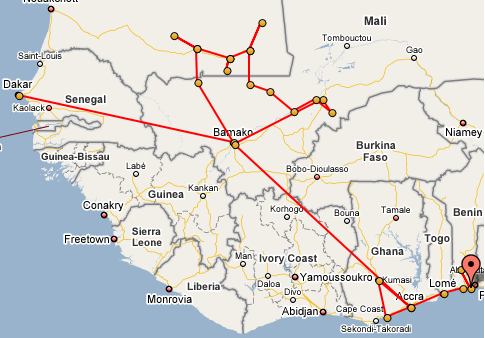
I couldn’t pick up my Togo visa in Cotonou because it turned out it was the weekend, so I headed to the station for Porto Novo.
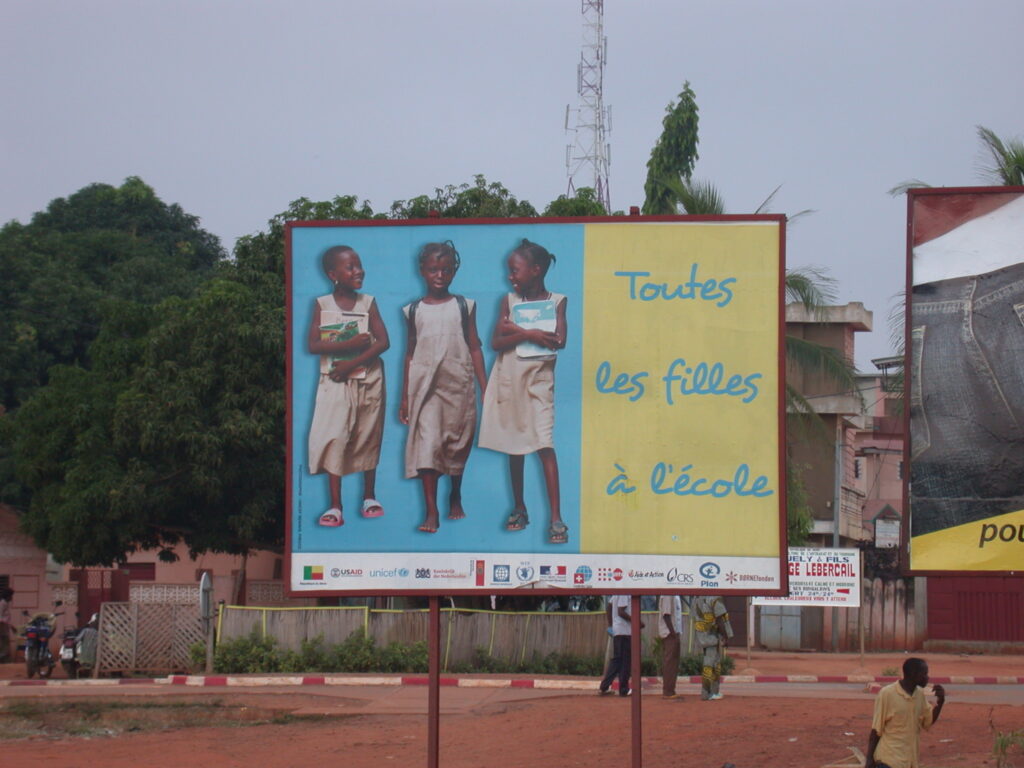
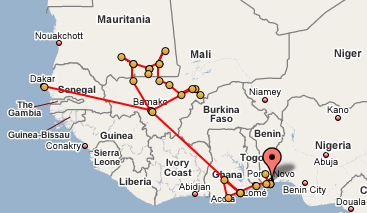
In Porto Novo, I stayed at the amazing Centre Songhaï, which was not only a hotel but also an entrepreneurial venture designed to inspire and empower African youth. I sampled their jams and a variety of juices produced there, including baobab, pineapple, and a bit-too-strong ginger. They had signs up around the premises explaining a bit of the philosophy of the place, including an integrated approach to design and industry.
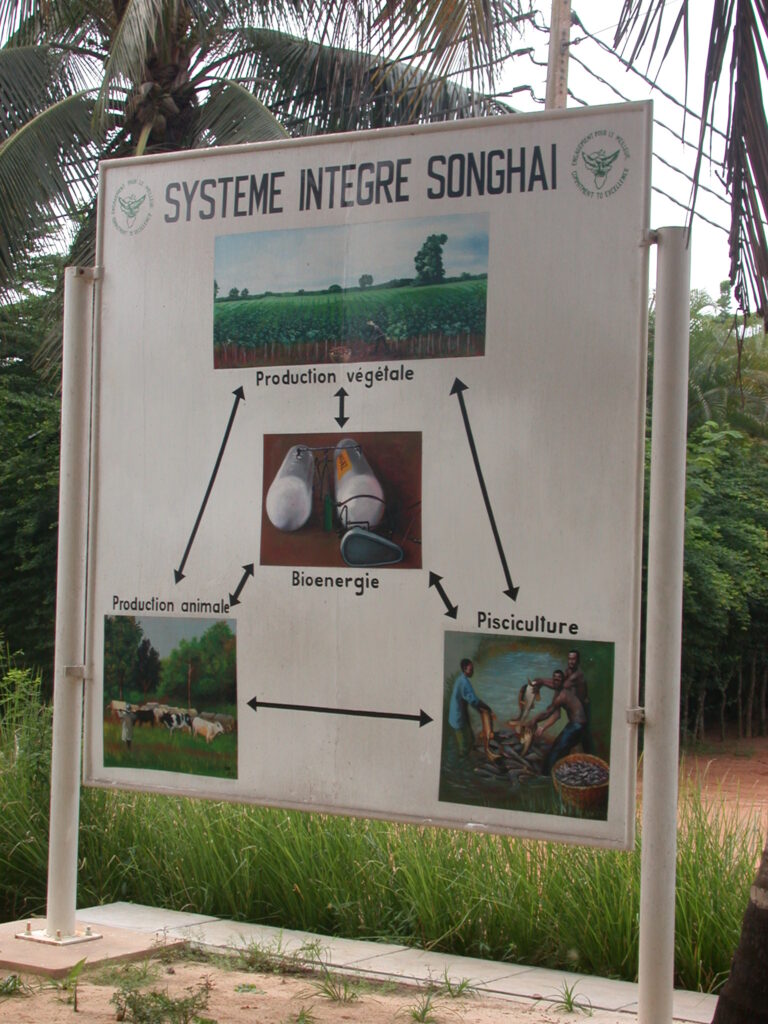
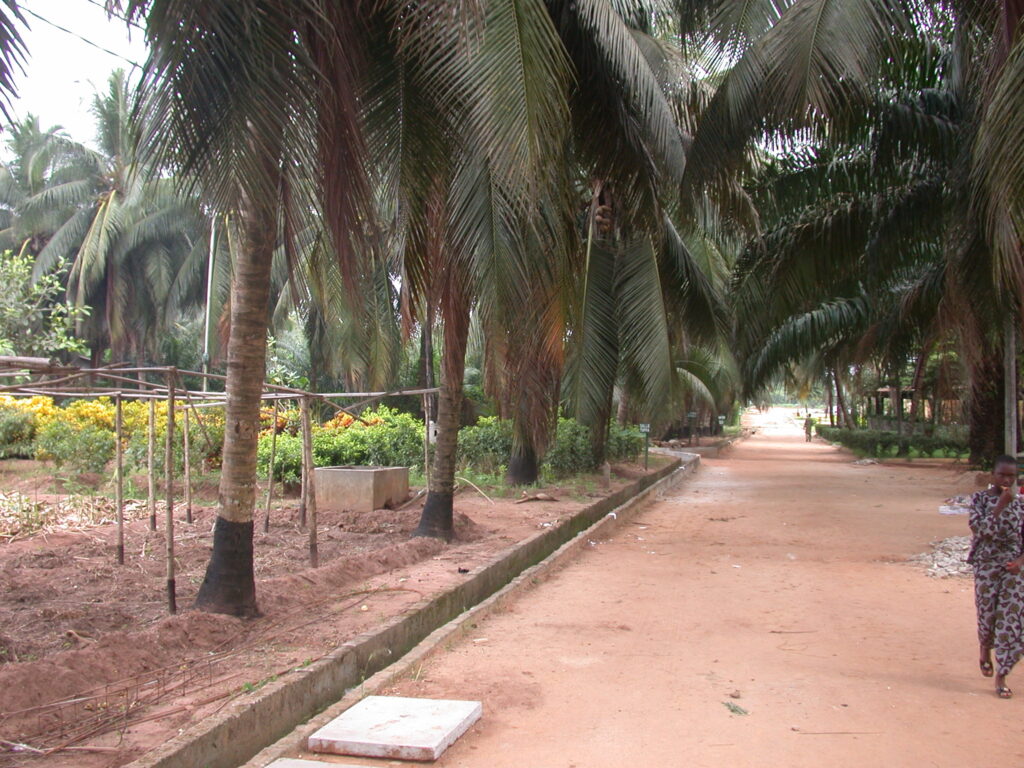
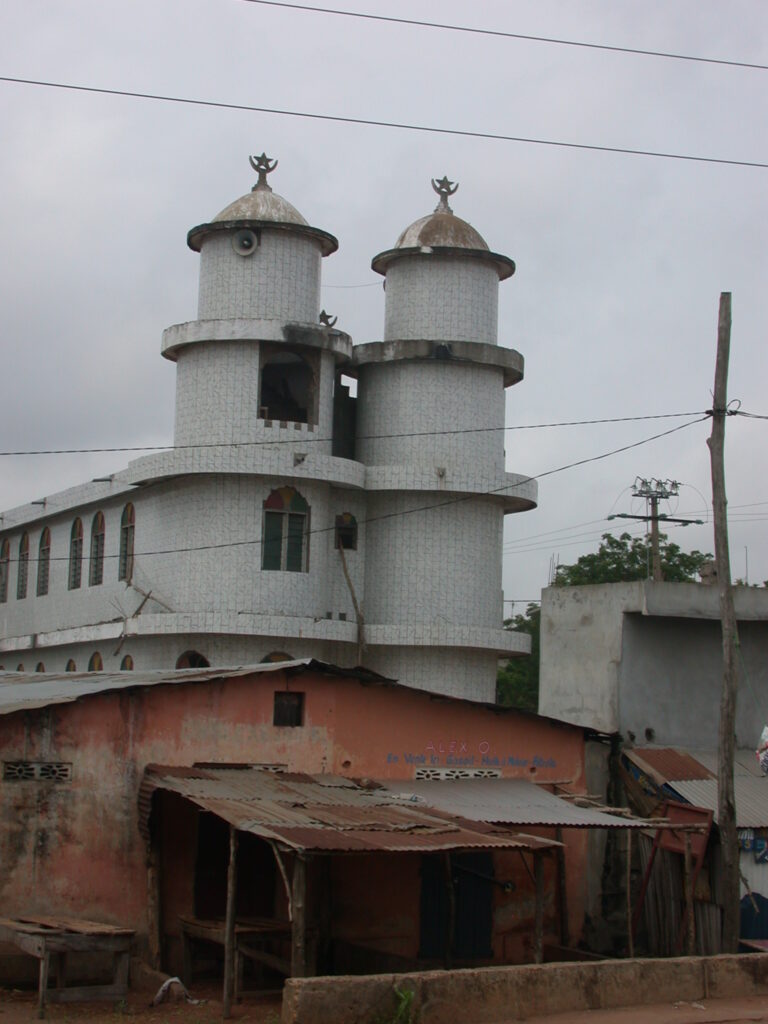
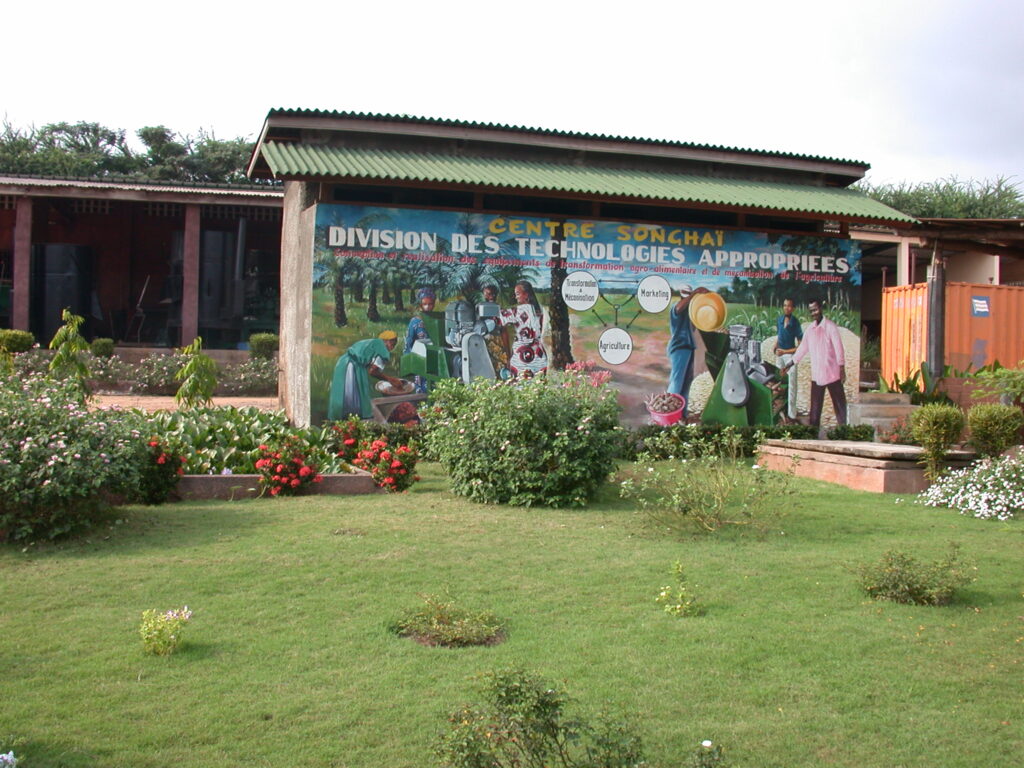
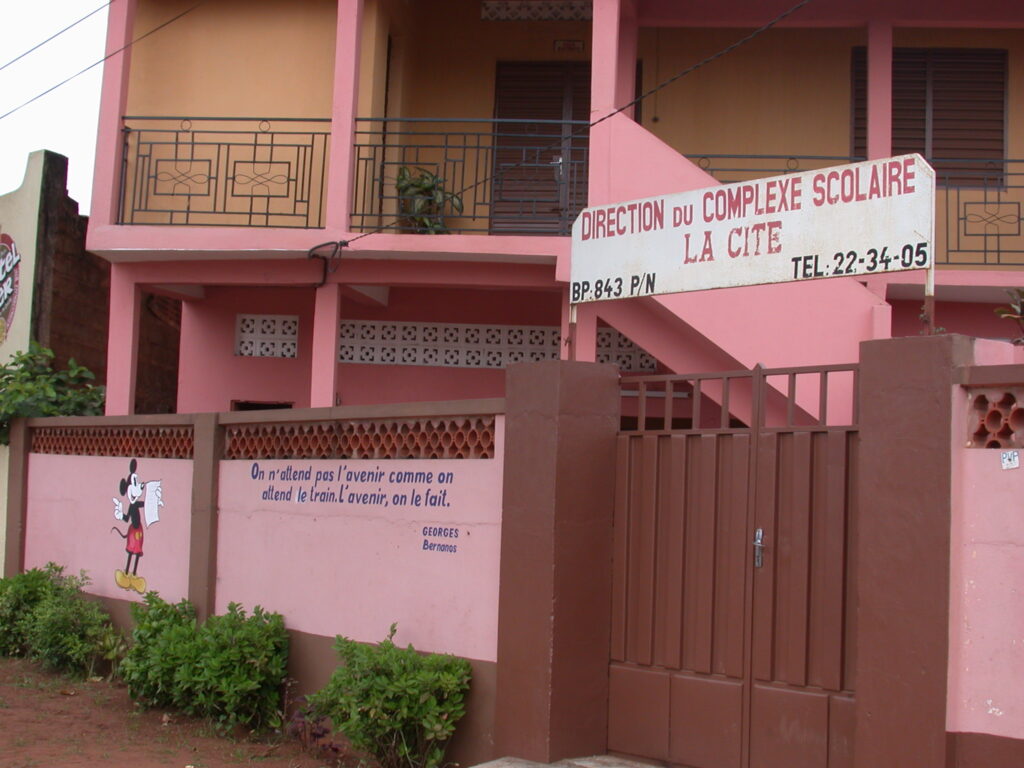
My expedition walking to town included a visit to the Musée Ethnographique and the Musée Honmé.
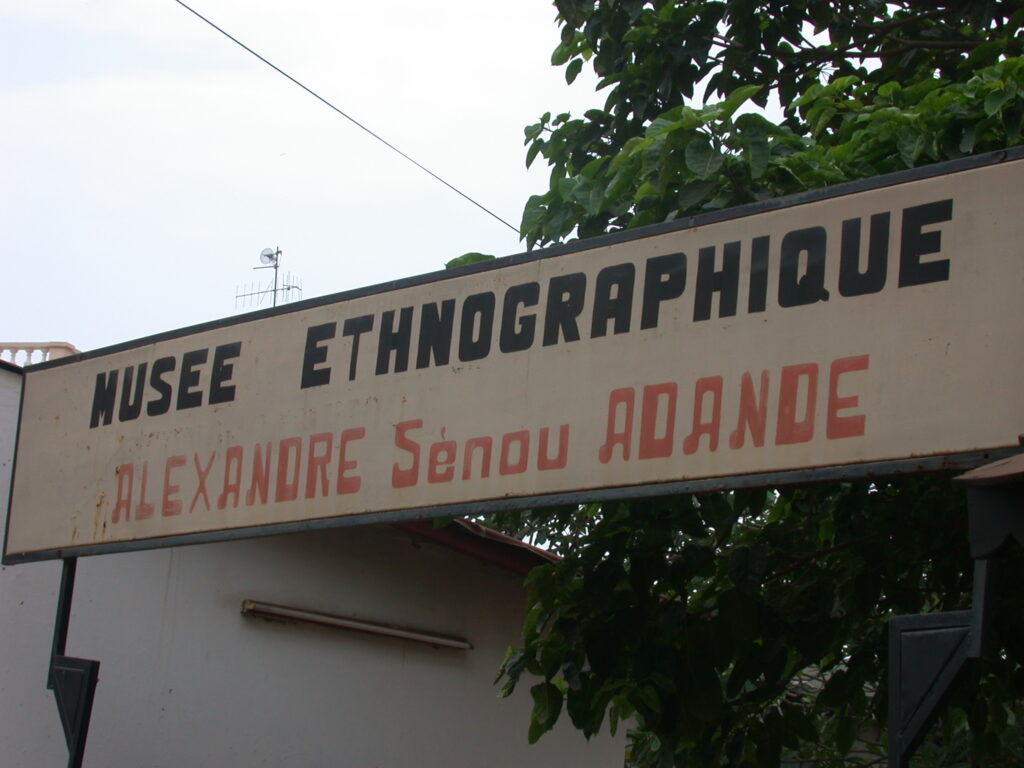
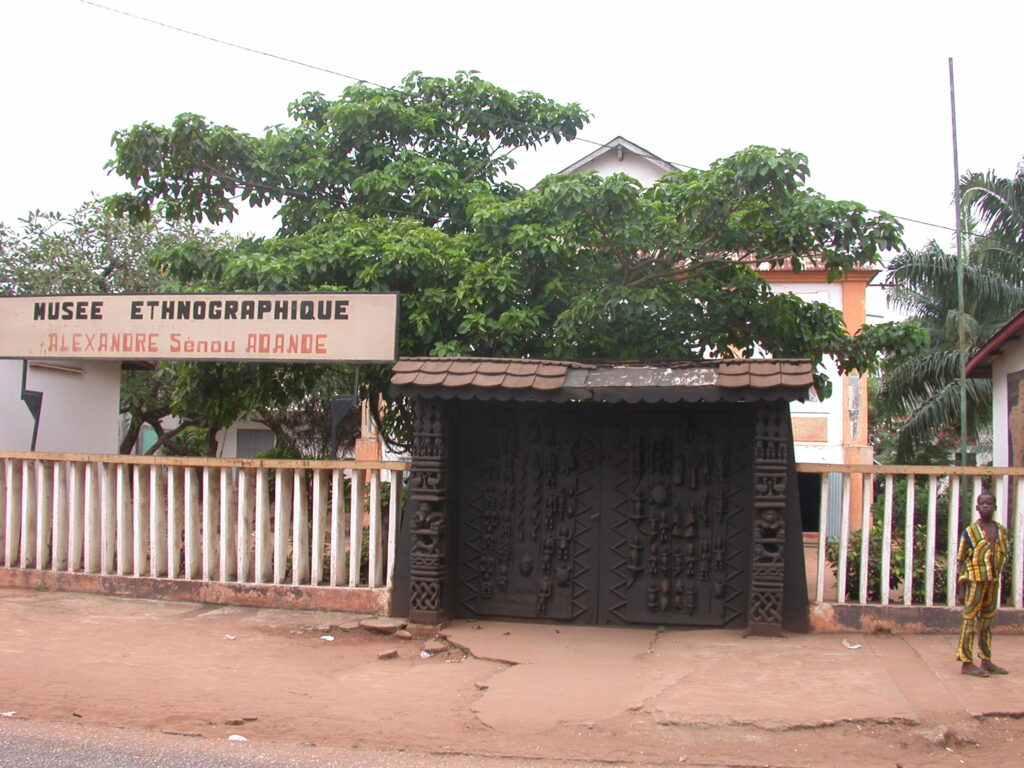
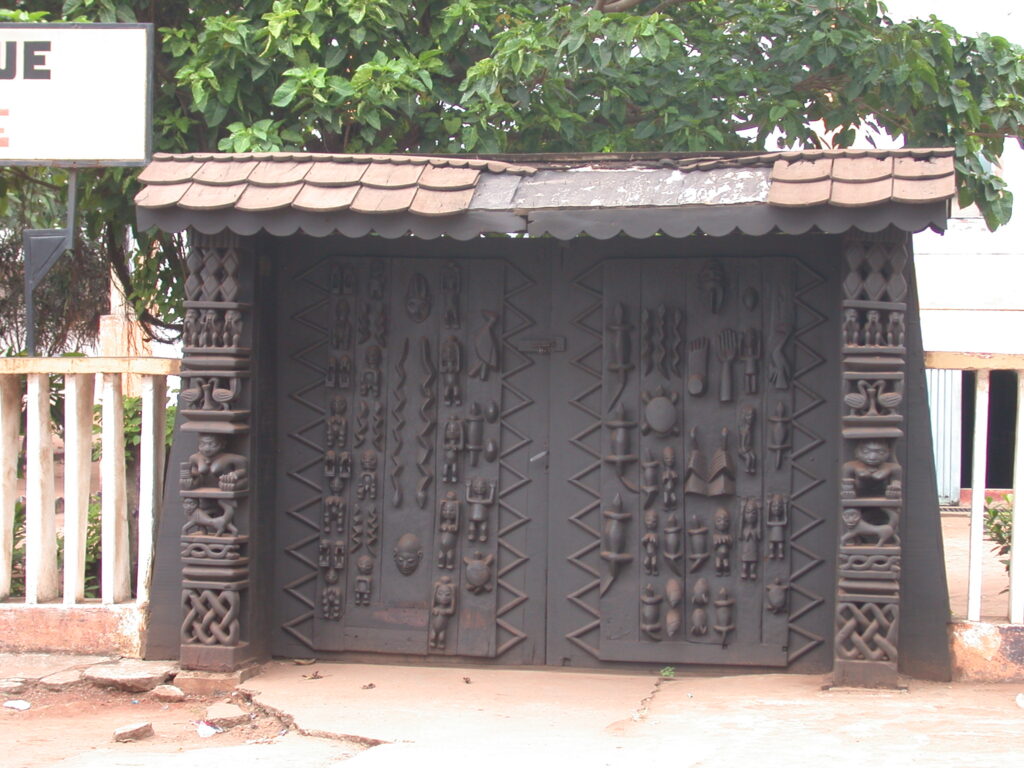
The Musée Ethnographique has exhibits related to birth, life, and death in cultures throughout Benin, including Gelede masks of the Yoruba as well as artifacts related to Betamaribe aka Samba (NW) and Patombou (NE) peoples. Léonard gave me a tour of the museum. There was also a Yoruba “statue” of a man with false breasts and a mask worn on top of his head carrying twins, one in each arm. Yoruba revere women as having the power of life and twins as a gift of the gods.
I avoided a trip inside the Musée da Silva, despite the well-done bas reliefs about slavery on the museum’s exterior, and despite the admonitions of a fellow hanging out on the street who worked there.
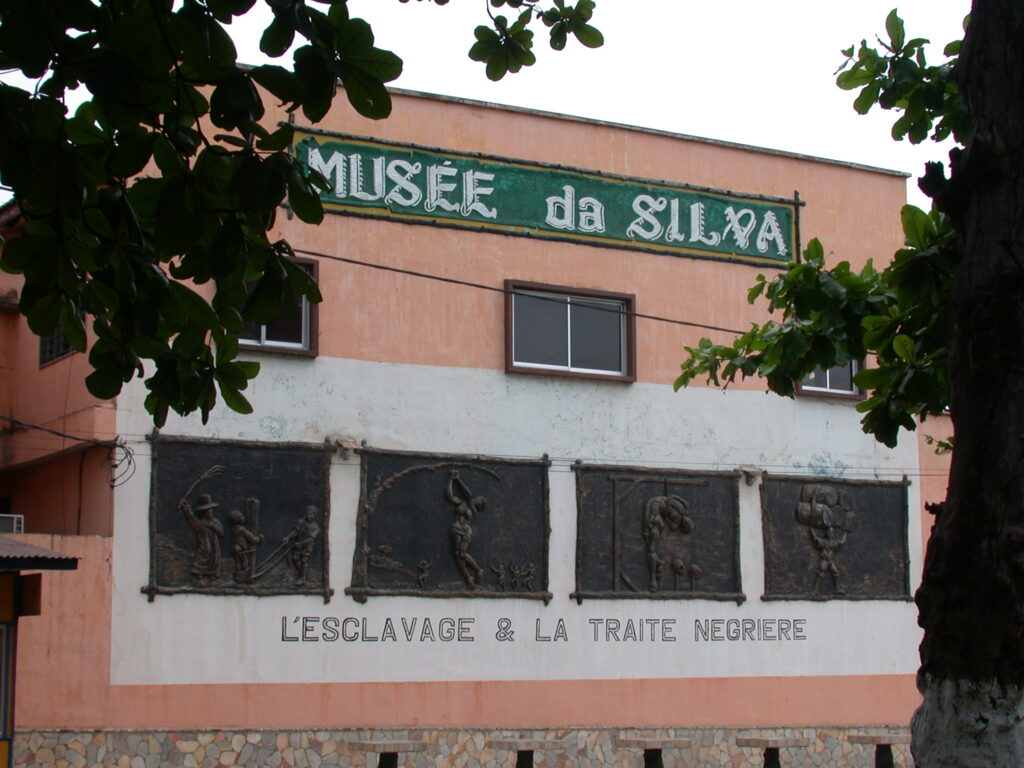
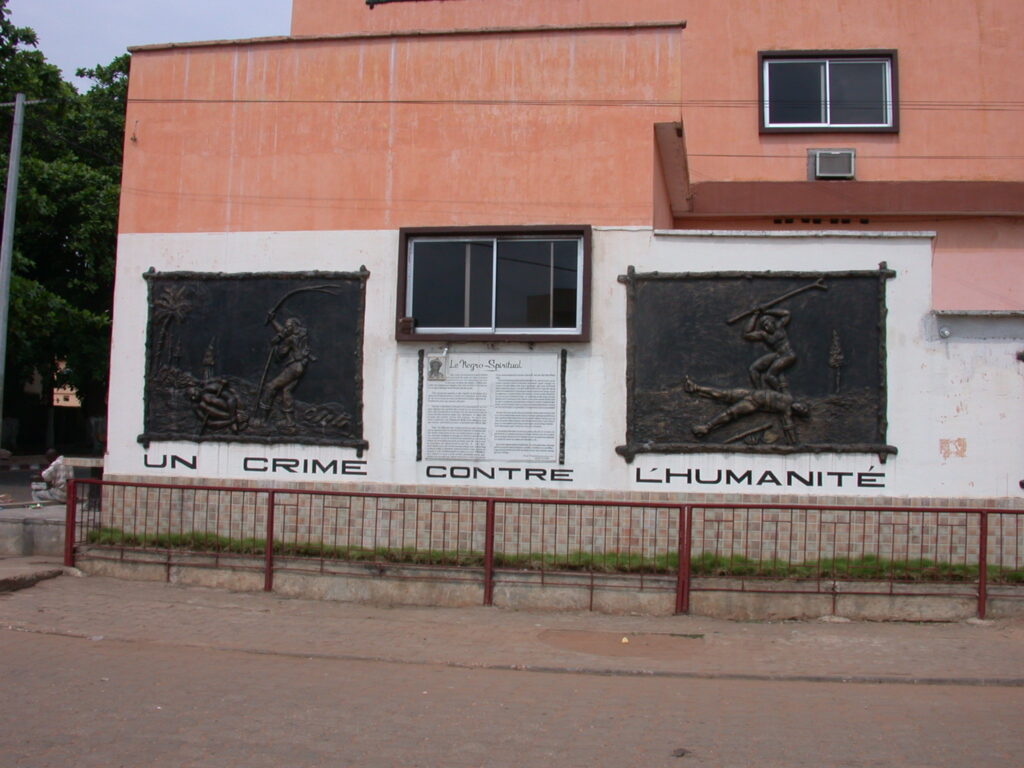
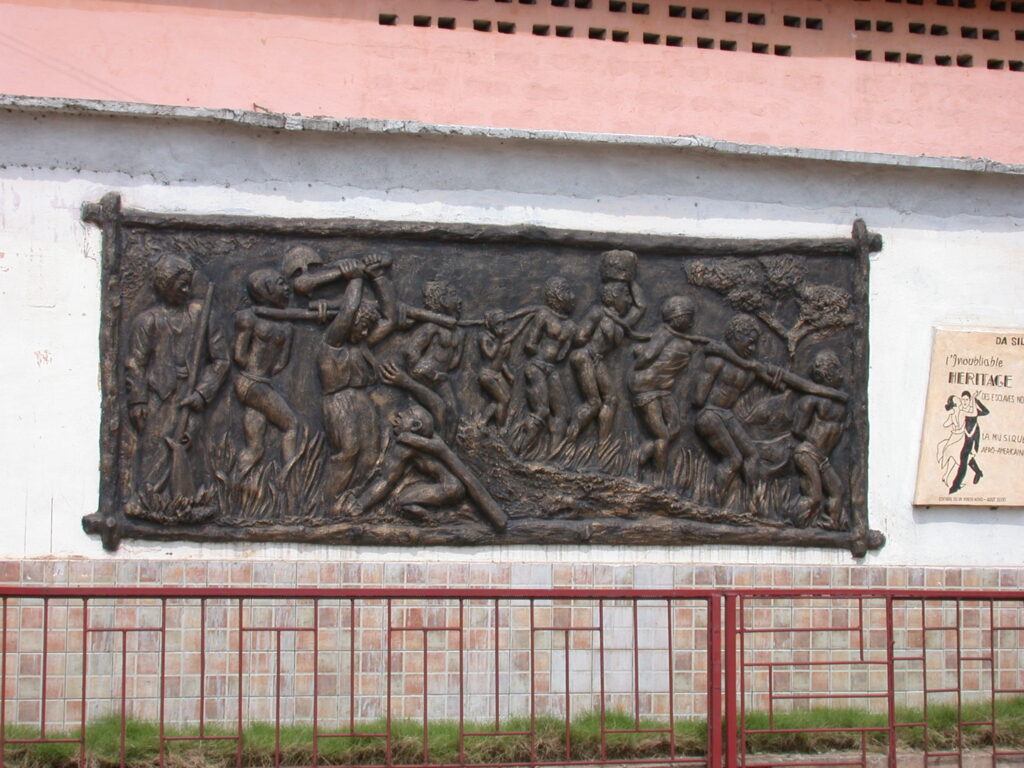

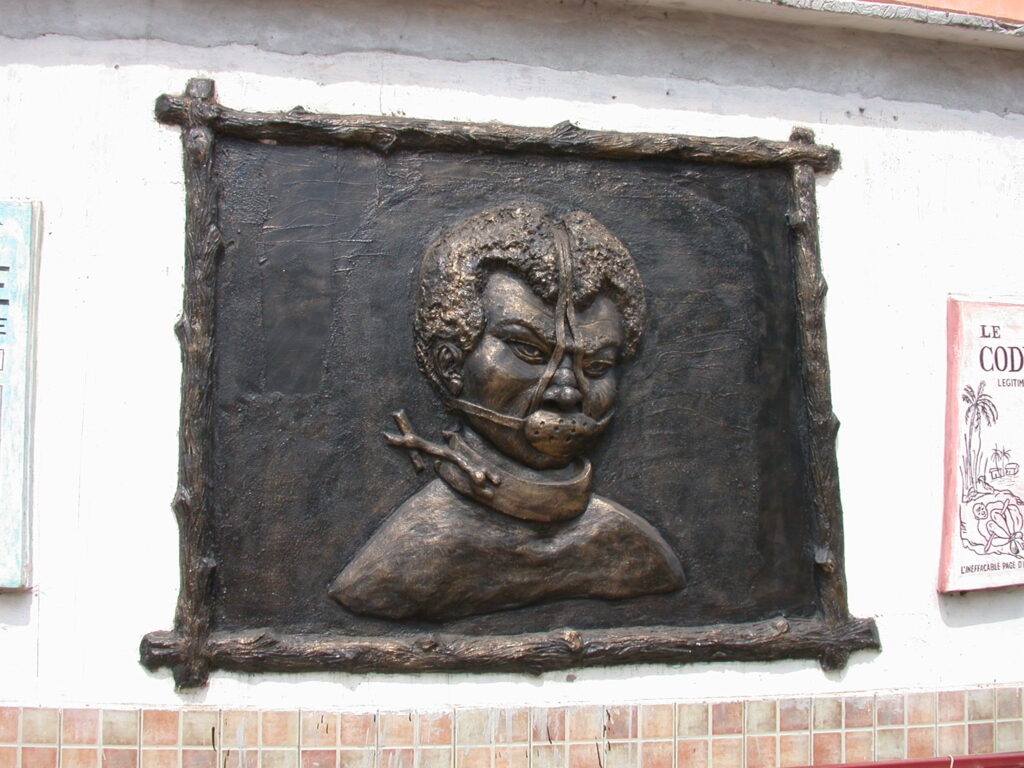
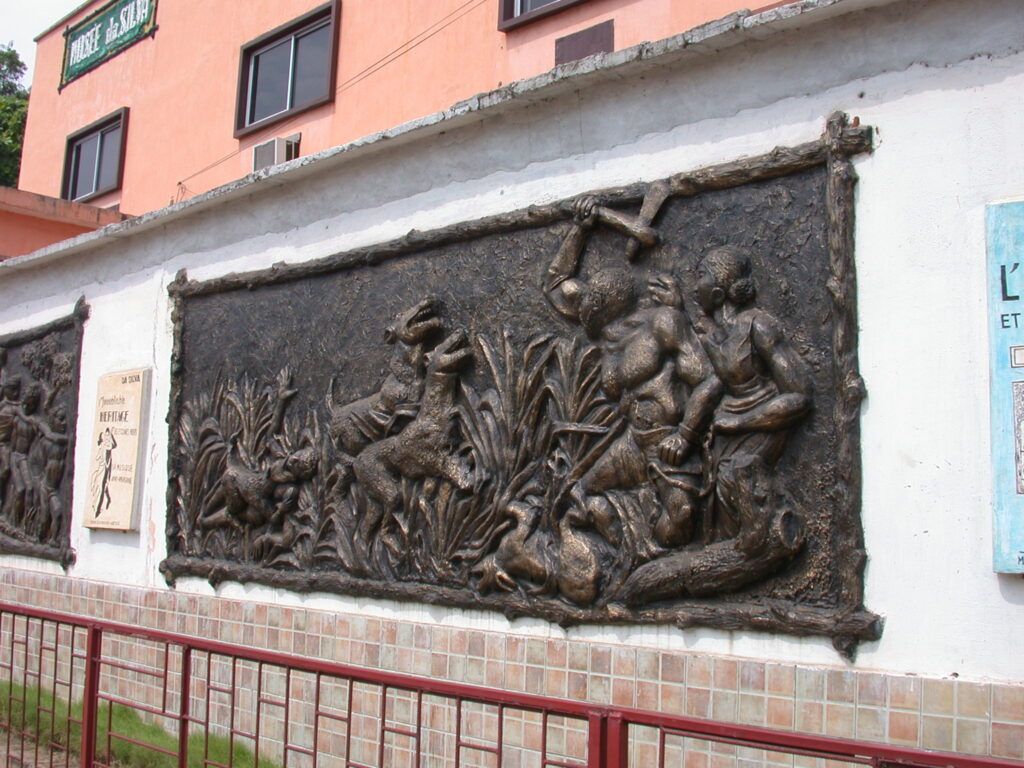
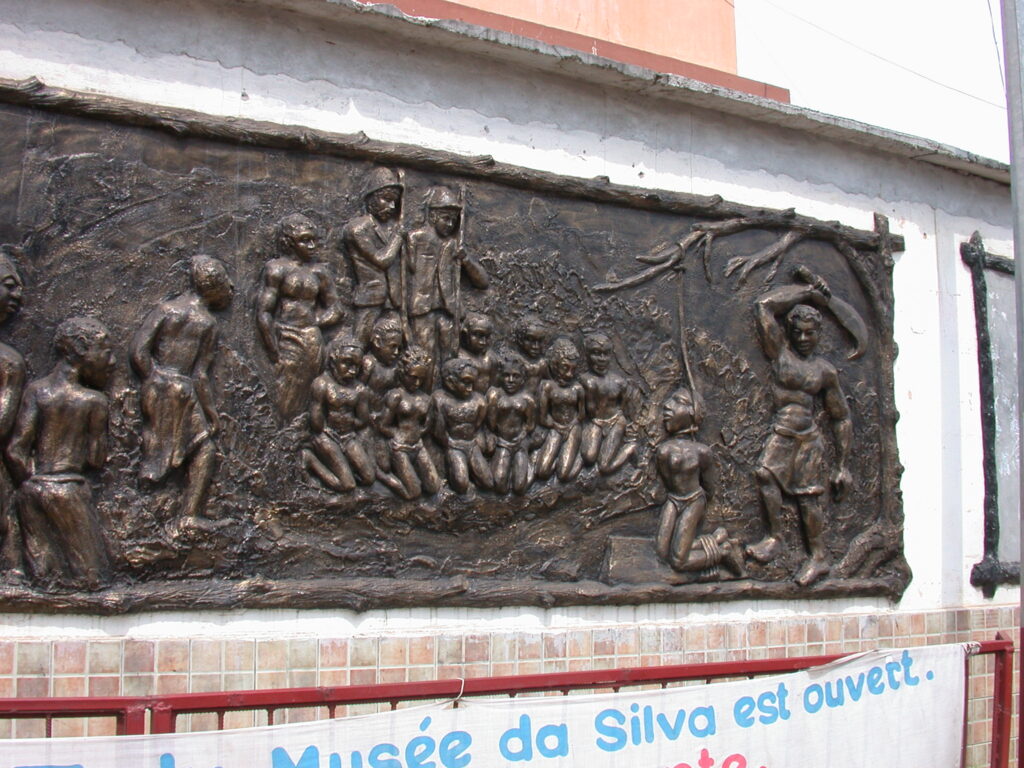
I came across this temple-like edifice labeled Zangbeto Kphkli-Yaou with a fascinating altar on the premises.
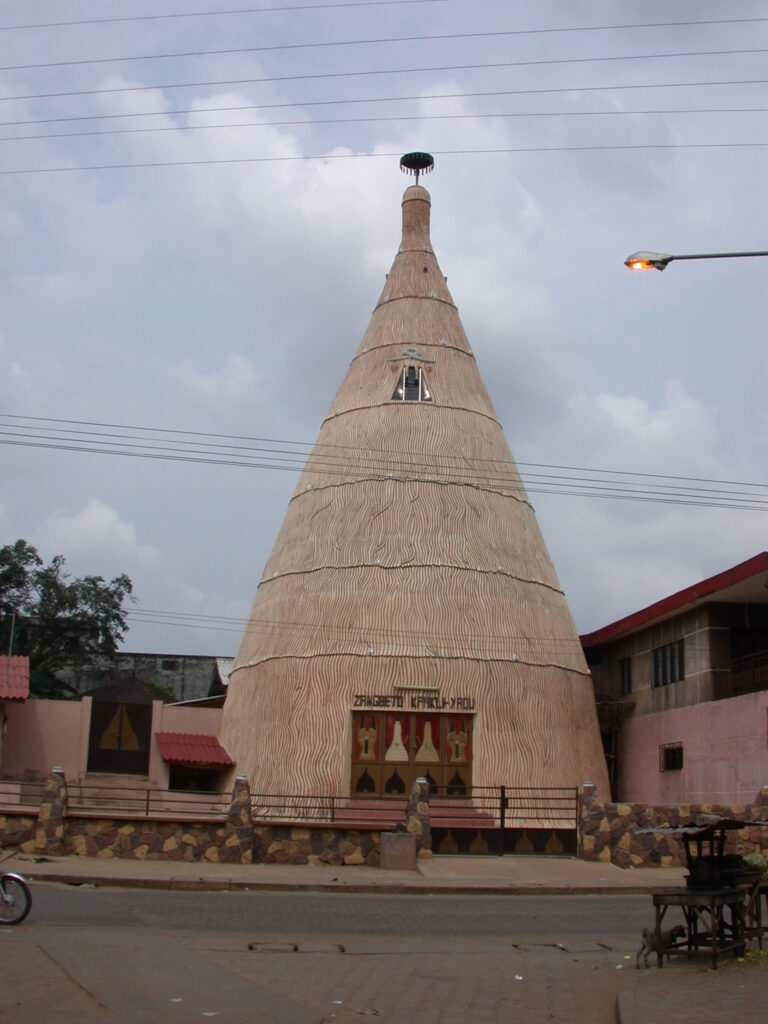
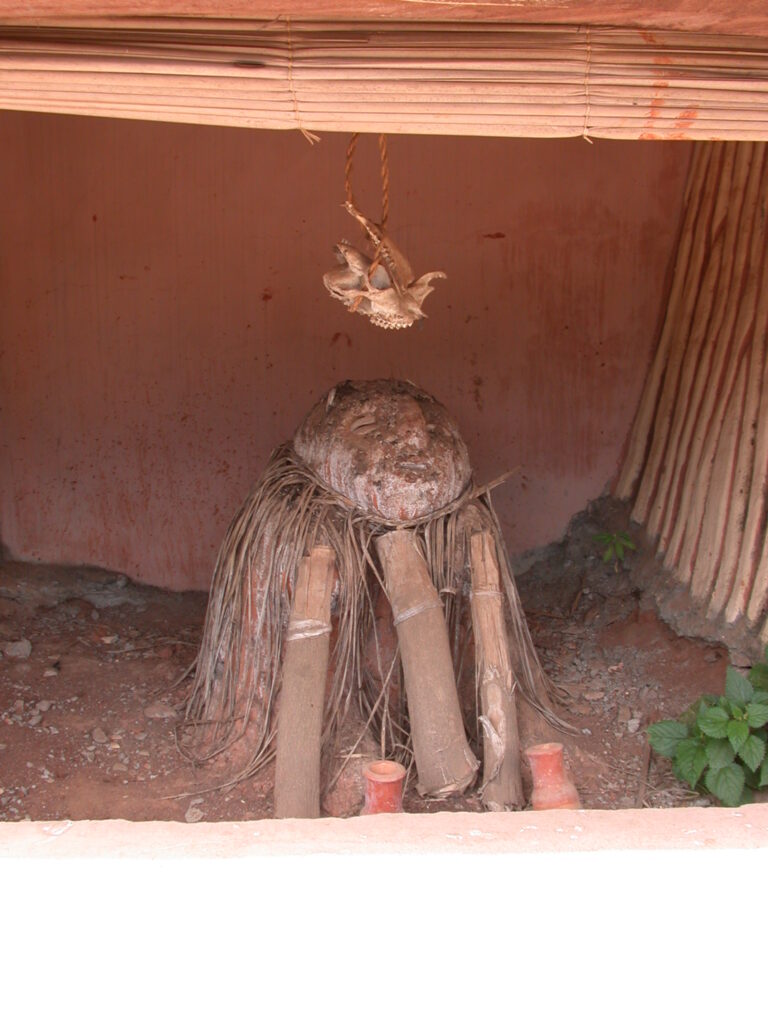
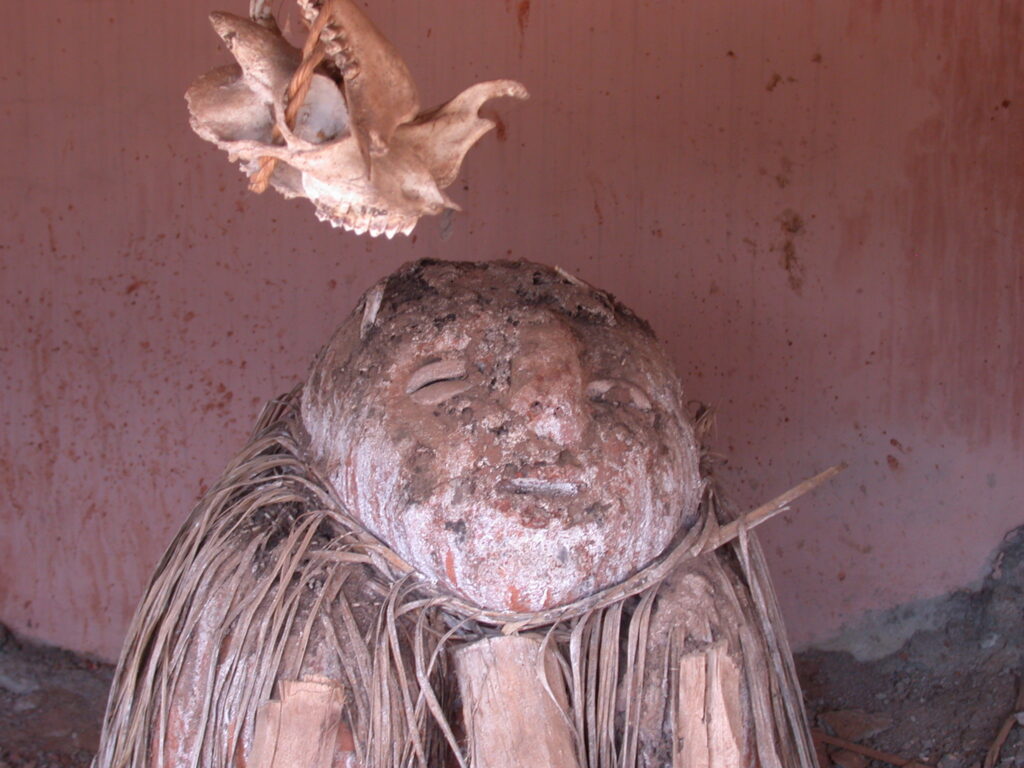
The Musée Honmé was the palace of the kings of Porto Novo from the late 17th to 19th centuries.
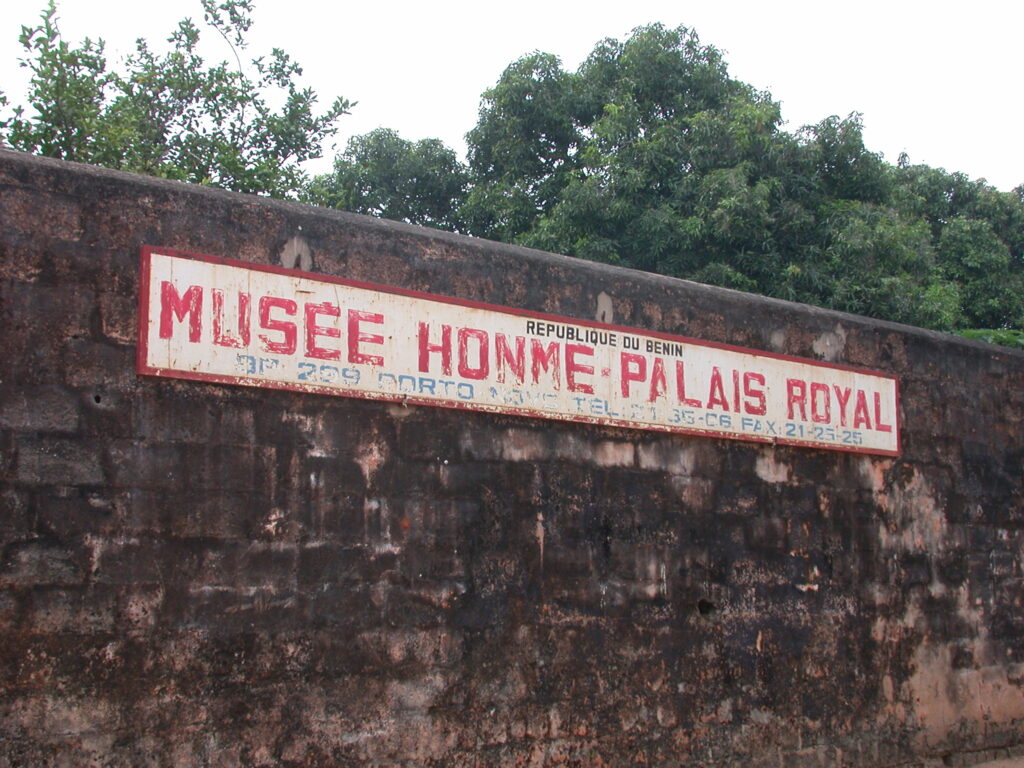
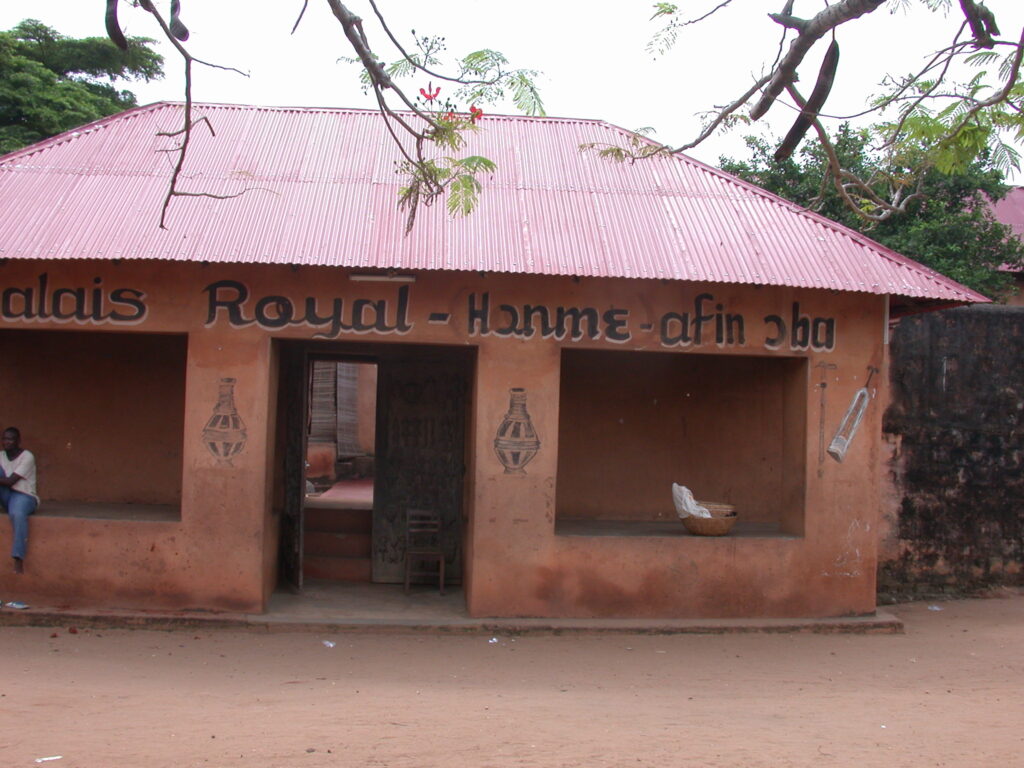
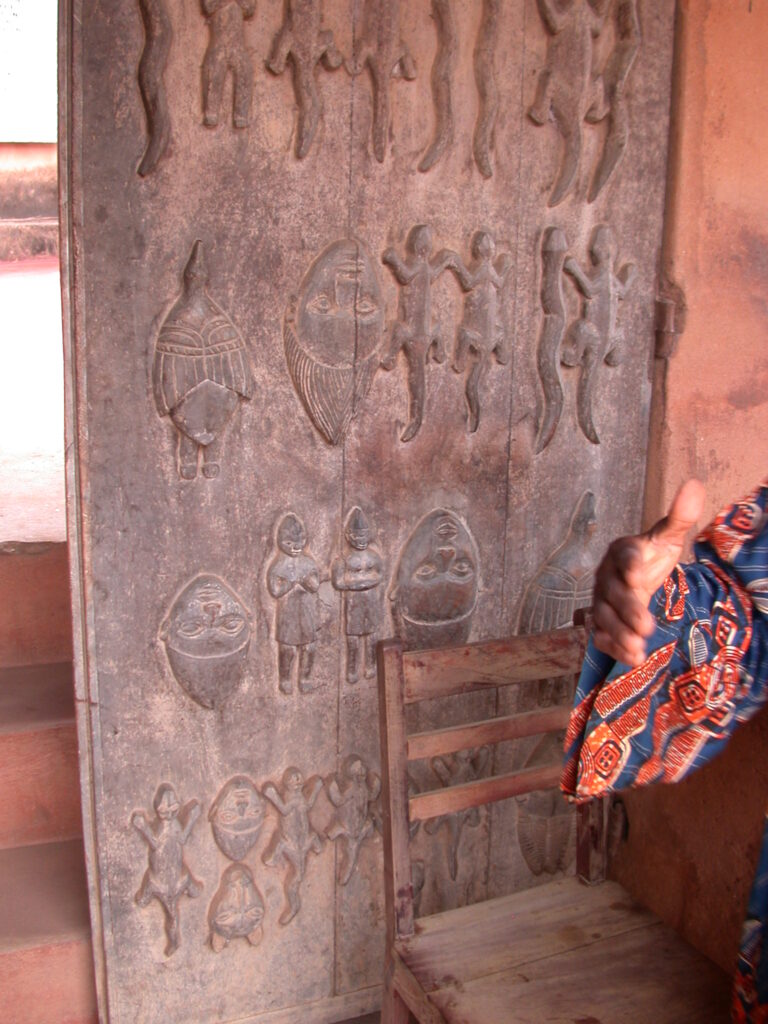
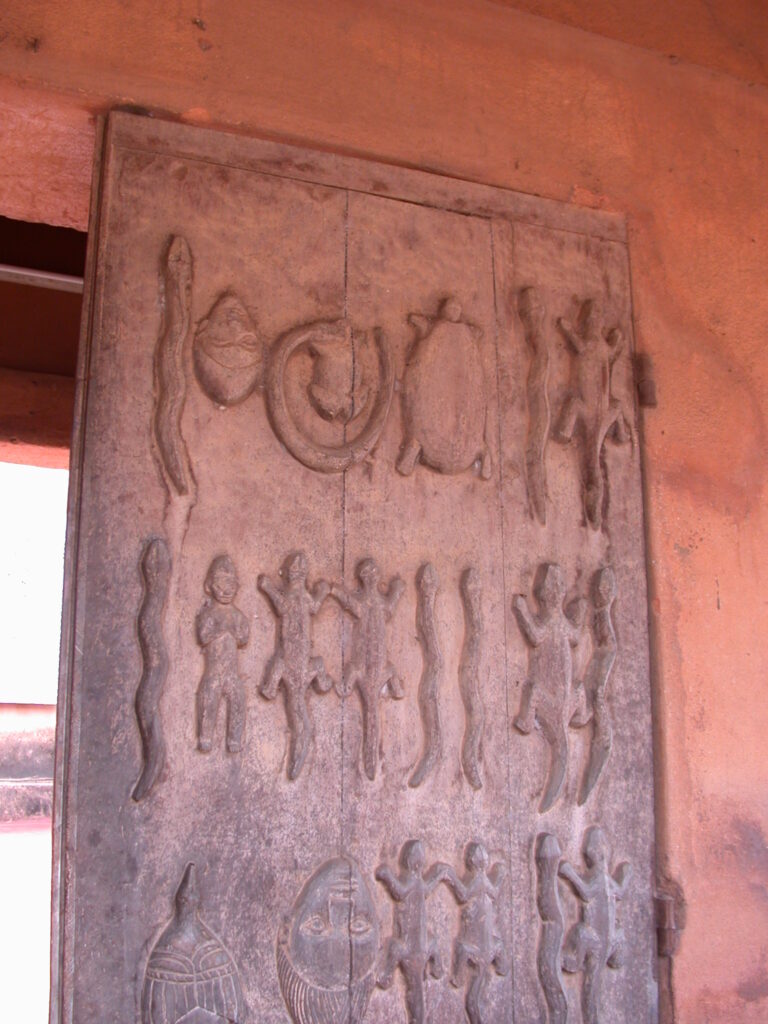
Currently under renovation with a guide who explained very well the history of the place. There were courts of the king, the queen mother, a gri-gri room for the king, the “chambre noire” for committing royal suicide, a kitchen with a divinity used to check the food for poison by a change in color, a tree of justice and some prison cells, the king’s toilet, the queen’s bathing area (although they lived elsewhere and came to the palace for 21-day stays during which they danced for the king in hope of being chosen to spend the night with him). Cannon were purchased for 15 male slaves or 21 female slaves from the French and perhaps also earlier from the Portuguese. A waiting room for visitors used so the king could check with a divinity about their intentions. Also had a mound representing Legba, a protective divinity, and representations of other divinities, as well as metal houses for ancestors. The king didn’t die — he went on a voyage. He didn’t bathe because he was always proper — he just refreshed his body. He didn’t eat — he adored the food.
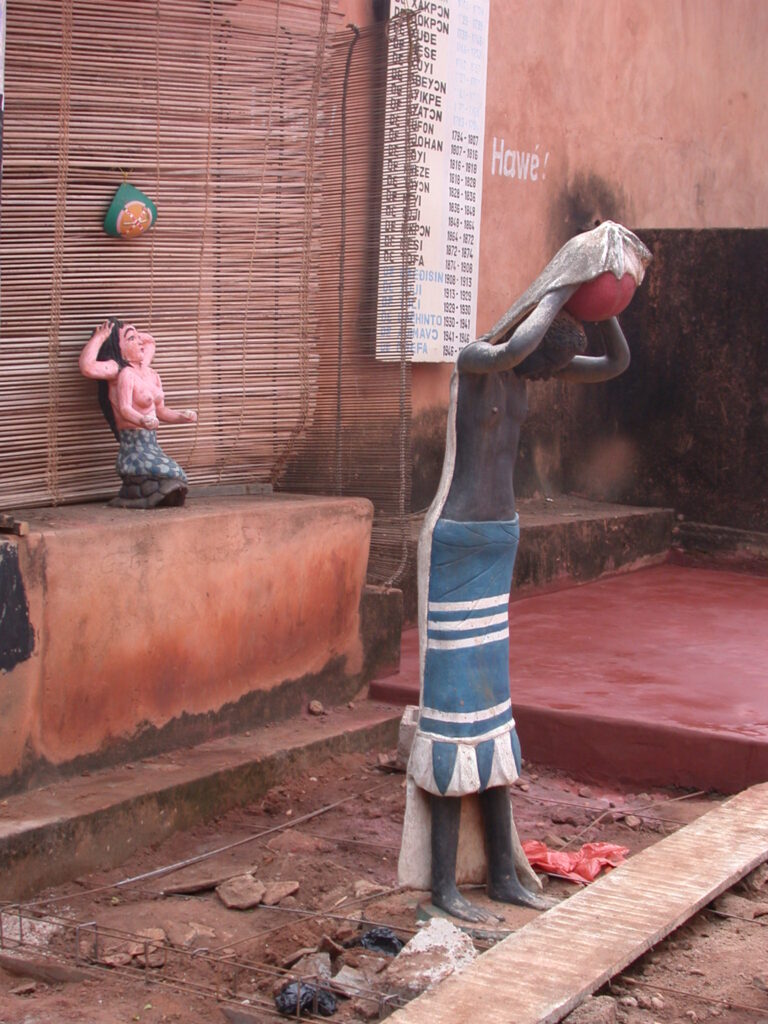
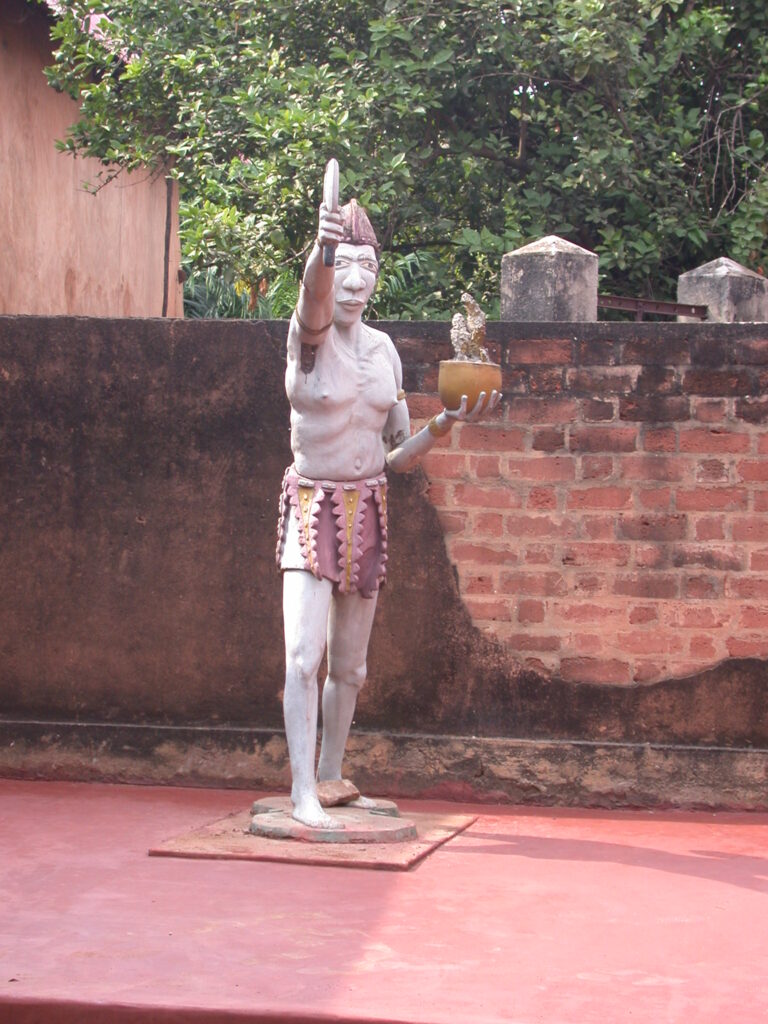
Returning to the hotel, I relaxed, ate dinner, and visited the Internet cafe. I also met the Director of the Songhaï Center who helped me clear up a billing problem for telephone calls that wouldn’t work properly to the U.S.
